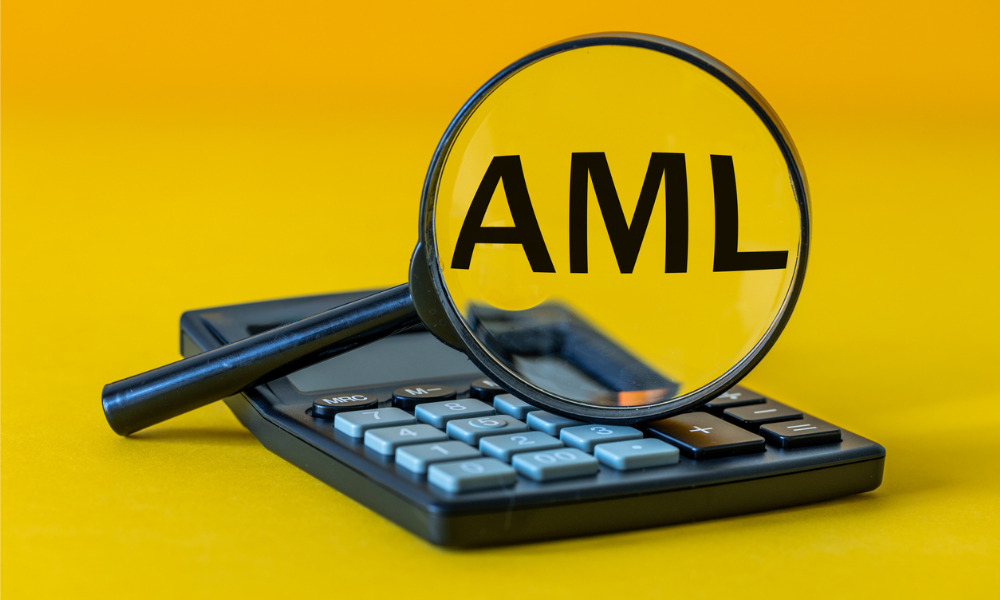Wiley Green deep dives into how Morningstar’s proprietary risk tools enhance investment decisions and tailor portfolio strategies

This article was produced in partnership with Morningstar.
Understanding and mitigating risk is as crucial as identifying potential returns. Morningstar’s advanced risk models offer a sophisticated approach to forecasting the full distribution of future asset returns, a critical tool for investors aiming to match their risk tolerance with their investment strategies.
The MPRS system
Senior product manager at Morningstar, Wiley Green, CFA, CIPM highlights, “The primary purpose of the Morningstar Portfolio Risk Score (MPRS), is to provide a straightforward, intuitive, and reliable measure of forward-looking risk for a client's portfolio. Essentially, a client's portfolio is a tailored combination of assets, which is of utmost importance to advisors.
“Clients can come in with any assortment of holdings. One of the key advantages of our system is that it showcases the breadth of Morningstar's capabilities, combining extensive data with a robust risk modeling framework. It’s a compelling offer for clients who might say, ‘I hold these ten funds; they could be any funds.’ Without using MPRS, the process would involve researching each fund to determine asset allocation and how to model it. Our system simplifies this in a way that is both popular and easy to understand.”
MPRS assigns a numeric risk score based on a portfolio’s asset allocation and concentration. Scores typically range from 0 to 80 for diversified asset-allocation portfolios, reflecting lower to moderate risk levels. In contrast, more focused or niche portfolios, such as those concentrating on a specific sector, small-growth funds, or country-specific investments, generally receive scores between 80 and 100, indicating higher risks. Portfolios scoring above 100 are considered to have elevated to extreme levels of risk.
Understanding the mechanics of Morningstar's risk models
Morningstar's risk models are distinguished by several key features that set them apart in the financial analytics space. Primarily, these models are holdings-based, which allows them to provide more accurate predictions of risk and better tailor analyses to individual portfolio changes over time. Unlike models that predict based on past returns, Morningstar’s models consider the current composition of a portfolio, thereby providing a more precise and timely analysis.
Moreover, the models capture non-linear co-movements of returns, recognizing that asset returns can experience simultaneous tail events, thus allowing for more effective management of tail risks in investment portfolios. This capability is critical in times of market stress or when unusual market movements occur.
The importance of modelling risk
The objective is to calculate a projected one-year volatility figure for portfolios, and then convert this into a consistent numerical score. For example, the S&P 500 might exhibit varying trailing volatilities—15 percent in some periods, 20 percent in others. This fluctuation poses a question about the material differences in risk levels.
Many might argue that while their investment in the S&P 500 remains constant, the volatility as measured by standard deviation does not reflect a stable risk. To address this, Green notes, “We use a benchmark for our volatility calculations. This benchmark is derived from the asset allocation strategies of public asset managers, who collectively determine what combinations of equity and bonds constitute a conservative, moderate, or aggressive portfolio.
“By anchoring our volatility calculations to this benchmark, we ensure that our risk measure remains relevant and useful, even as market conditions change. This approach allows us to maintain a stable and consistent risk score over time, reflecting a true sense of portfolio risk as seen by seasoned asset managers.”
Customisation in risk assessment – matching the client to the right portfolio
The main advantage of Morningstar versus others is that its risk model is holdings-based, which means that it offers you the most current view of the risk that’s possible for the portfolio.
Green goes on to detail, “In the team I work with, I am responsible for the product that generates the score itself. However, through Morningstar’s Advisor Workstation software, advisors have access to additional tools that enhance how they use this score. For instance, if we issue a risk score of 40, an advisor might interpret this as a moderate risk level. The next question for the advisor usually concerns what risk level is appropriate for the client. That's where our other tools come into play.”
Morningstar provides a comprehensive risk tolerance questionnaire and a methodology that translates the responses into an MPRS range. This allows the advisor to align the client's risk profile with the appropriate portfolio risk, offering a holistic solution. Essentially, the advisor can understand both the risk associated with their client and the risk of the portfolio.
This integration happens primarily in the Advisor Workstation software, which is the main platform where MPRS is utilized today. It equips advisors to effectively match a portfolio with a person using a unified set of tools.
MPRS serves multiple roles beyond just risk assessment. It acts as a due diligence tool for financial advisors to ensure investment recommendations align with client risk profiles.
The value to advisors is that they can input virtually any combination of public investments such as mutual funds and ETFs, and the MPRS will provide a high-quality estimate of risk. This is not a capability that everyone can offer as an automated solution.



